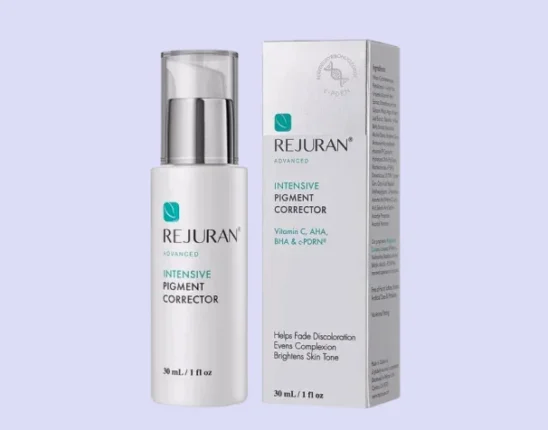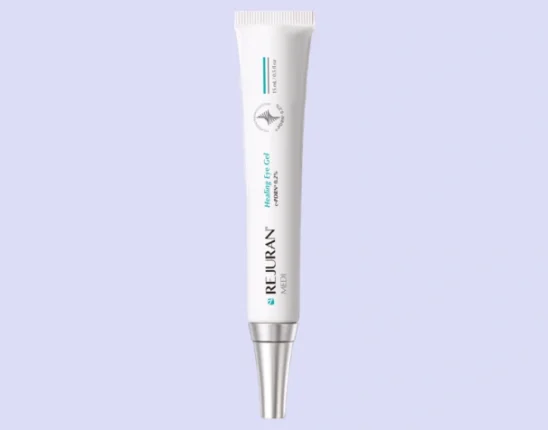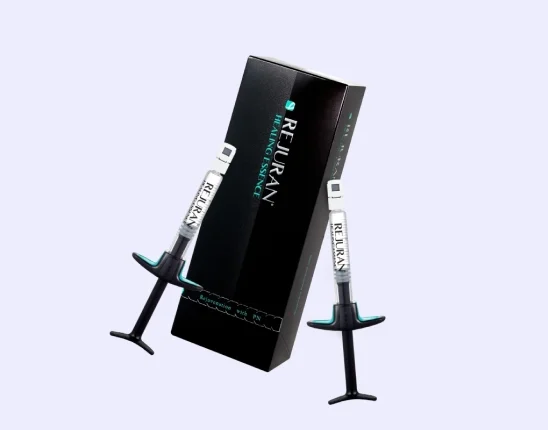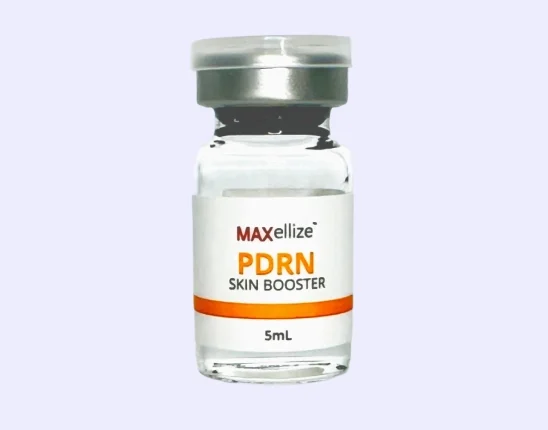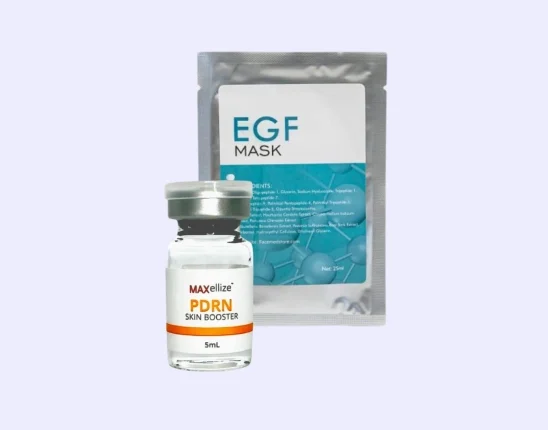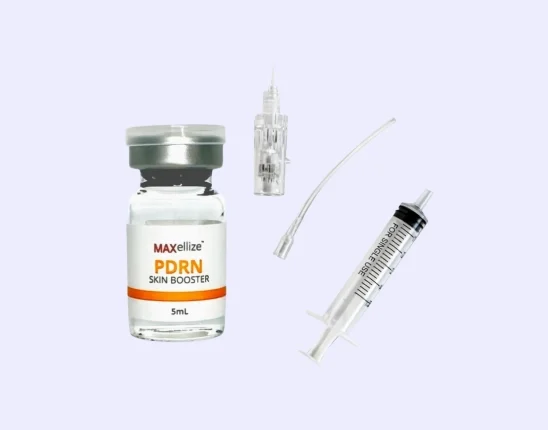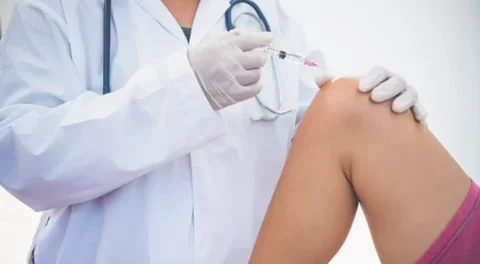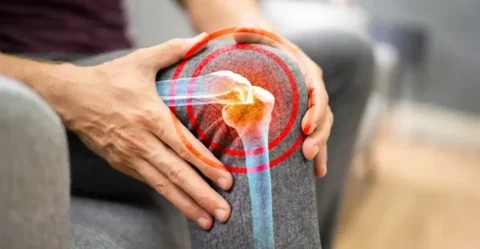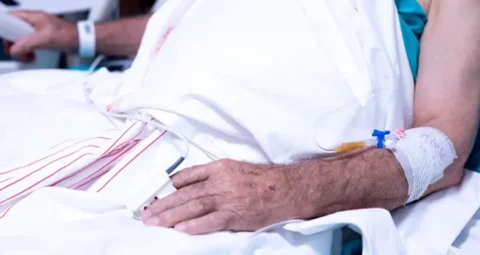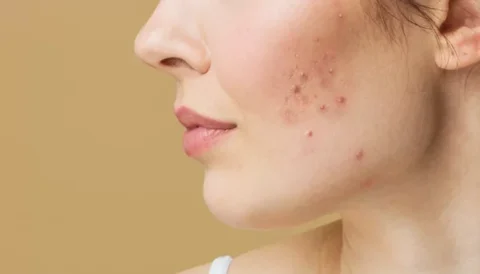With conditions like androgenetic alopecia and other types of hair loss, plenty of research has been done on the possible ways to counteract or improve hair thickness and hair density. One clinical study that’s gotten a lot of attention is using platelet concentrations on patients with hair loss. In theory, the injections of platelet-rich plasma can trigger the release of growth factors that encourage hair regrowth and slow the rate of hair loss overall.
What does the research say about the effects of platelet-rich plasma on hair loss treatments? While there are few studies on the subject, the existing research has pointed to it making an improvement in hair loss. But given the prevalence of hair loss, the efficacy of platelet-rich plasma injections (or PRP treatments) still needs more clinical and observational studies.
What The Research on PRP for Hair Loss Says
Three often-cited studies have been done on the effects of platelet-rich plasma treatment on counteracting hair loss:
Platelet-rich plasma vs minoxidil therapy for androgenetic alopecia (2019)
This 2019 study compared two groups of patients with hair loss. One group was dosed with topical minoxidil, a popular and well-studied hair growth product. The other group got PRP injections in their scalps. After 6 months, each group was evaluated based on a hair pull test, global photography, a standardized test about their rate of hair growth, and overall patient satisfaction.
Result: PRP with better results for hair loss, with some considerations.
Overall, the group that got PRP injections for their hair loss experienced a much better improvement in all areas. Topical minoxidil is effective at helping increase hair density, but it does come with a possible drawback of having severe side effects, like difficulty breathing, swelling, chronic fatigue, and even unwanted hair growth. And given that men and women need to use separate formulations of the product, it’s a treatment that has some considerations with its use.
In comparison, PRP treatments gave higher rates of patient satisfaction without any of these potential side effects, especially since the way the treatment works encourages hair growth. The patients who got PRP treatments for hair loss also reported higher rates of hair growth, especially for issues like bald spots. Many of the PRP group also said that they felt their hair loss slowed down considerably.
However, there were some other findings in the study that could affect the effectiveness of the PRP treatment. The crucial finding is that each person’s platelet count also played a role in how effective their results were. Participants who had a higher concentration of platelets reported even better results than those who didn’t, which suggests that the person’s own platelets play a role in their overall outcome.
Efficacy of platelet-rich plasma in the treatment of androgenic alopecia (2015)
This small study with several alopecia patients aimed to test the overall clinical efficiency of PRP hair treatments. By using autologous platelet-rich plasma injections every 2 to 3 weeks, researchers hoped to get a better insight into how consistent PRP treatments would affect alopecia patients. After 3 months, participants in the study were asked about the state of their hair thickness, hair root strength, and overall hair root count.
Result: PRP treatments made visible improvements in the patients with no major side effects.
Participants report visible improvements to their alopecia after the 3 months of injections, most of the patients experienced good hair growth, with hair strands resistant to the hair pull test. Patients experienced this growth even without the aid of hair products and other topical medications, which testified to the efficacy of the PRP treatment for their alopecia.
More importantly, the study also concluded that it’s possible to get the benefits of PRP treatment without having to experience any serious adverse effects. While several of the patients did experience side effects like a mild headache, medications like paracetamol were enough to alleviate their symptoms. The majority of the patients reported feeling no symptoms at all.
However, this particular study was only done on 10 people with androgenic alopecia – this means that the sample size is extremely small. Having such a small sample size can easily distort the results of the study, especially for treatments as subjective as PRP injections.
Effects of platelet-rich plasma with androgenetic alopecia (2014)
This study of 11 patients with androgenic alopecia aimed to measure improvements with small injections of PRP into their scalps every 2 weeks for 3 months. Participants were given 2 to 3 cubic centimeters of PRP injections, then measured against hair pull testing, hair volume, hair thickness, and overall follicle count.
Result: PRP treatments resulted in visible improvements to hair growth, with more hair follicles per injected area.
Patients reported significant gains in hair follicle count after their treatments, with the average hair follicle count going up by 22.09 follicular units. Improvements in hair volume and coverage meant that visible improvements like receding hairlines were also managed by the treatment after the 3-month timeframe. Patients reported minimal to no side effects, aside from minor pain, skin irritation, and pinpoint bleeding.
Something to note about this particular study is that PRP injections not only encouraged additional hair growth but also strengthened new hair strands against hair pulling tests. While not stated as the goal of the study, this can present some promising results for patients who want to use PRP treatments to revitalize already-existing hair, aside from using their injections for hair regrowth.
But like most studies about PRP injections for hair regrowth, the sample size of this study is also too small to be statistically relevant. No women were part of the participants, which also leaves the effect of PRP treatments on female pattern hair loss unexplored.
Why Does This Research Matter?
In every one of the studies mentioned above, PRP injections showed visible results for hair loss patients, with comparable results to more traditional treatments like topical minoxidil. However, the reason why it hasn’t been recommended as a method to treat hair loss more frequently is that the majority of the studies done on the effects are limited.
For a study to be taken seriously enough for an industry-wide investment, they need to meet at least 3 different criteria:
- Results are consistent across a large sample size
- Results can be consistently replicated by other independent/unaffiliated studies
- Results need to establish clear short and long-term effects
Platelet-rich plasma injections for hair loss have promising results, but most – if not all – of the existing scientific and clinical studies don’t meet those three criteria. The majority of the research is done on a small sample size; very few studies are pursuing the same goals; the effects of injections aren’t monitored for more than a few months.
In short, what most of the research says about the benefits of PRP treatments for hair loss is somewhat theoretical. That’s why PRP treatments are mostly considered an exploratory alternative to other traditional products and treatments.
They may have promising results, but it’s too early to tell whether or not those results can be relied on for consistent treatment. This is especially crucial for conditions like hair loss, which are usually managed long-term.
GET MEDICAL-GRADE BLOOD COLLECTION NEEDLES AT 20% OFF WITH CODE “20OFF” ON YOUR FIRST ORDER.
Stock up on blood collection needles and other medical and aesthetic supplies with FACE Med Store. Checkout today and get 20% off your order.
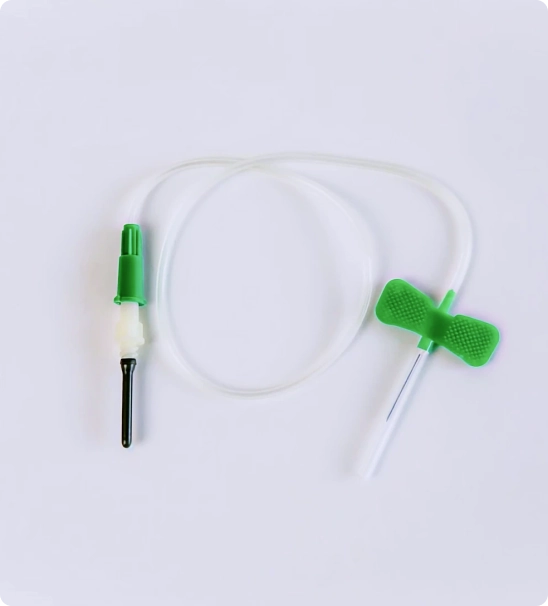
Why Does Platelet-Rich Plasma Treatment Work for Hair Loss?
Platelet-rich plasma treatments are not a new procedure – they’ve been used for other medical applications like sports medicine and degenerative diseases for years. It’s only recently that the cosmetic applications of PRP injections are being explored, with hair loss treatment being one of the many treatments providers are looking at.
PRP treatments work by harnessing your body’s own repair and regrowth to regenerate and rejuvenate skin and tissue. Since your platelets are responsible for the vast majority of your body’s repair response – usually when you’ve got an injury – PRP injections look to use this response to rejuvenate your system without the need for injury.
The Role of Platelets
Normally, your platelets bind themselves to an injury site, which prevents blood flow outside the body. Other cells in the bloodstream attach themselves to the platelets as the wound heals, which helps close the injury site, protect it from infection, and heal the area after time.
This “binding” action is what PRP providers use to help regrow tissue. By taking a sample of your blood, and processing it until only the platelets remain, providers can inject pure platelet concentrate into any area of your body, starting the cell repair and regrowth process.
How Does It Work for Hair?
Because of the limited studies we have on the application of PRP for hair loss, the process of how it works to regrow hair specifically is a bit unclear. The theory is that a high concentration of platelets in the area activates growth factors which can help rejuvenate hair follicles.
With the rejuvenated hair follicles, future hair growth is stronger and more resistant to wear and tear, with thicker density and more volume. As the regrowth and repair process brings better blood circulation to your scalp, your hair gets an extra boost of nutrients and other essential compounds for better growth.
Long-Term Results
Similarly, long-term results from PRP treatment can be difficult to predict since there are so many factors that can affect the outcome. However, the results that patients have experienced from short-term treatments over a few months show promising signs for long-term management of hair loss.
One thing that can make PRP treatment a feasible long-term alternative is that it’s minimally invasive, compared to other procedures like hair transplantation surgery. This allows patients a relatively easy and accessible solution for hair loss that doesn’t take up too much time and effort.
Is PRP Treatment for Hair Loss Safe?
Given that we don’t know too much about how PRP treatments work and how effective the results are, is there still a point to you getting platelet-rich plasma treatments for hair loss?
Most providers will generally agree that as long as the process is done by an experienced injector, there should be no harm in trying. Because of the unique way that PRP treatments work on your system, the chances of experiencing any severe complications are small, which is usually one of the primary concerns of most patients going for PRP treatments.
But while the treatment can be safe, it’s important to set your expectations accordingly. There’s a lot that we still don’t fully understand about how PRP treatment works for hair regrowth, and it’s impossible to guarantee that you’ll get the results that you’re looking for. If you’re looking for significant and reliable results with your hair loss treatment, you should try to combine your PRP treatment with other hair rejuvenation methods.
This also means you need to find a provider who has the skill, equipment, and experience needed to apply PRP injections properly. Given that there’s still no set standard with how to best apply PRP injections, finding the right provider is one of the best ways you can get as close as you want to the results you’re looking for.
Buy High-Quality Medical Tools, Equipment, and Supplies at FACE Med Store
Using platelet-derived growth factor) can have some beneficial effects on different types of hair loss. However, patients and providers alike need to remember that the scientific evidence that we have for this effect still needs more study. Improvements on sampling size and systematic reviews are still needed in studying the effects of platelet-rich plasma treatments on hair thickness. However, PRP treatment can still be done on patients either way, especially if best practices for its application are followed.
FACE Med Store has been the trusted provider of medical-grade tools and supplies to practices around the United States. We believe that equipment should always come with both quality and price in mind, which allows us to price our products competitively to not hurt your bottom line.
For more information about us and our products, visit our website today.

